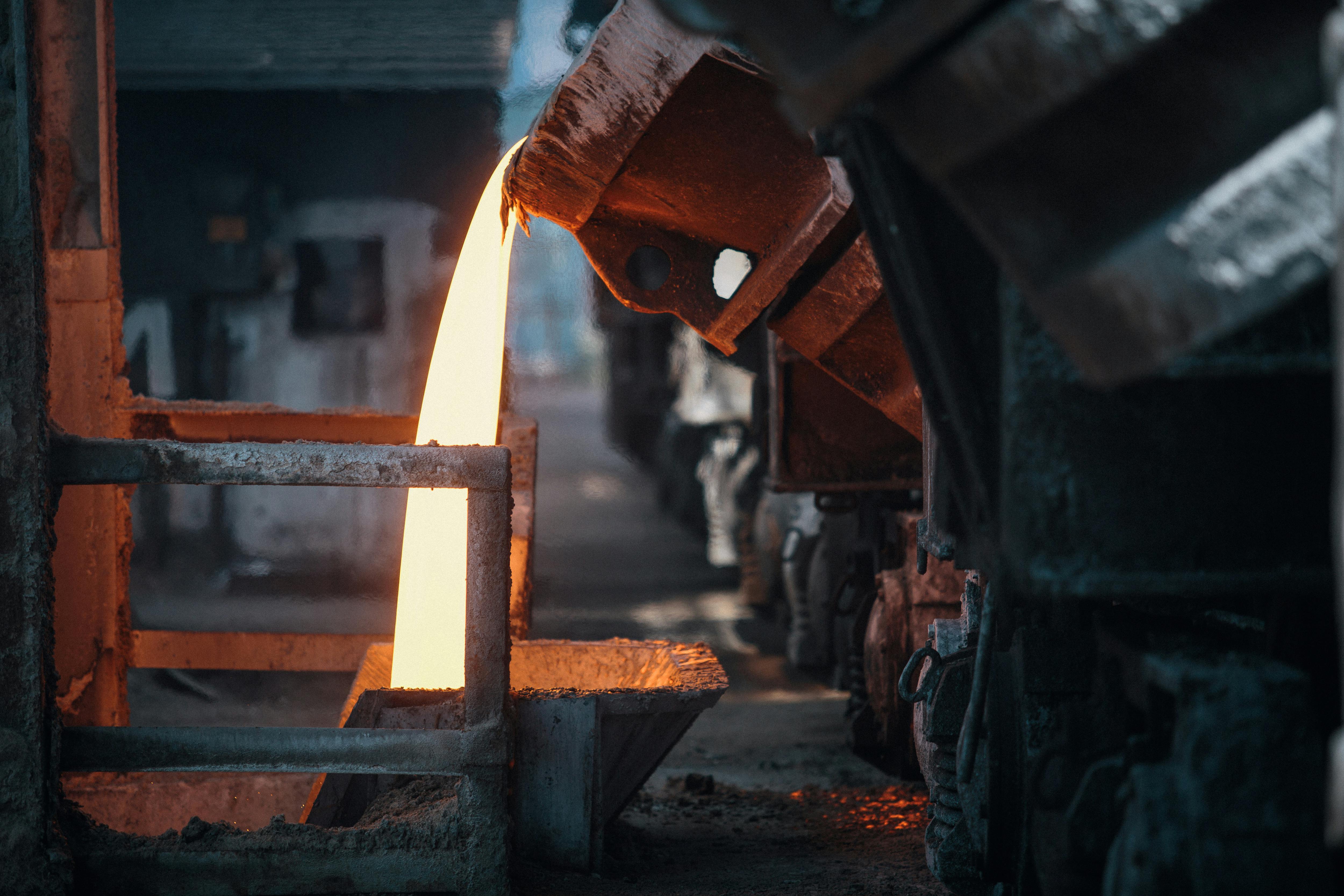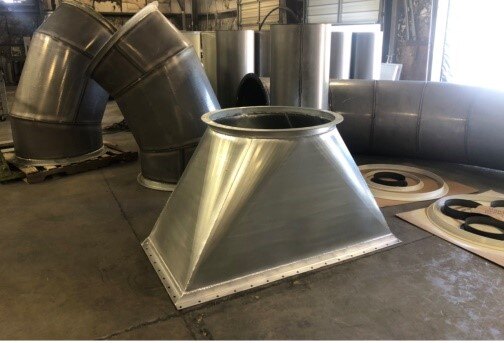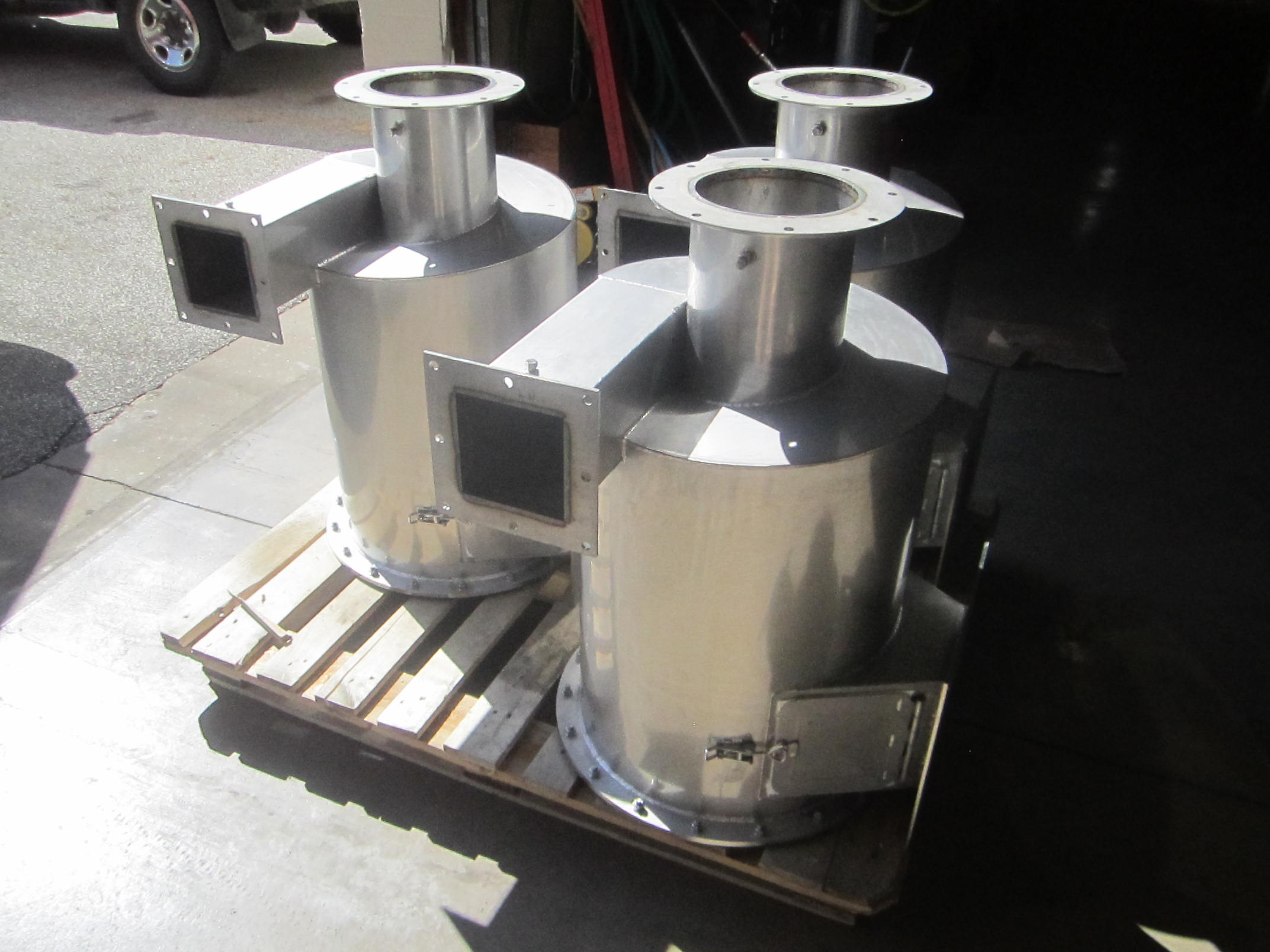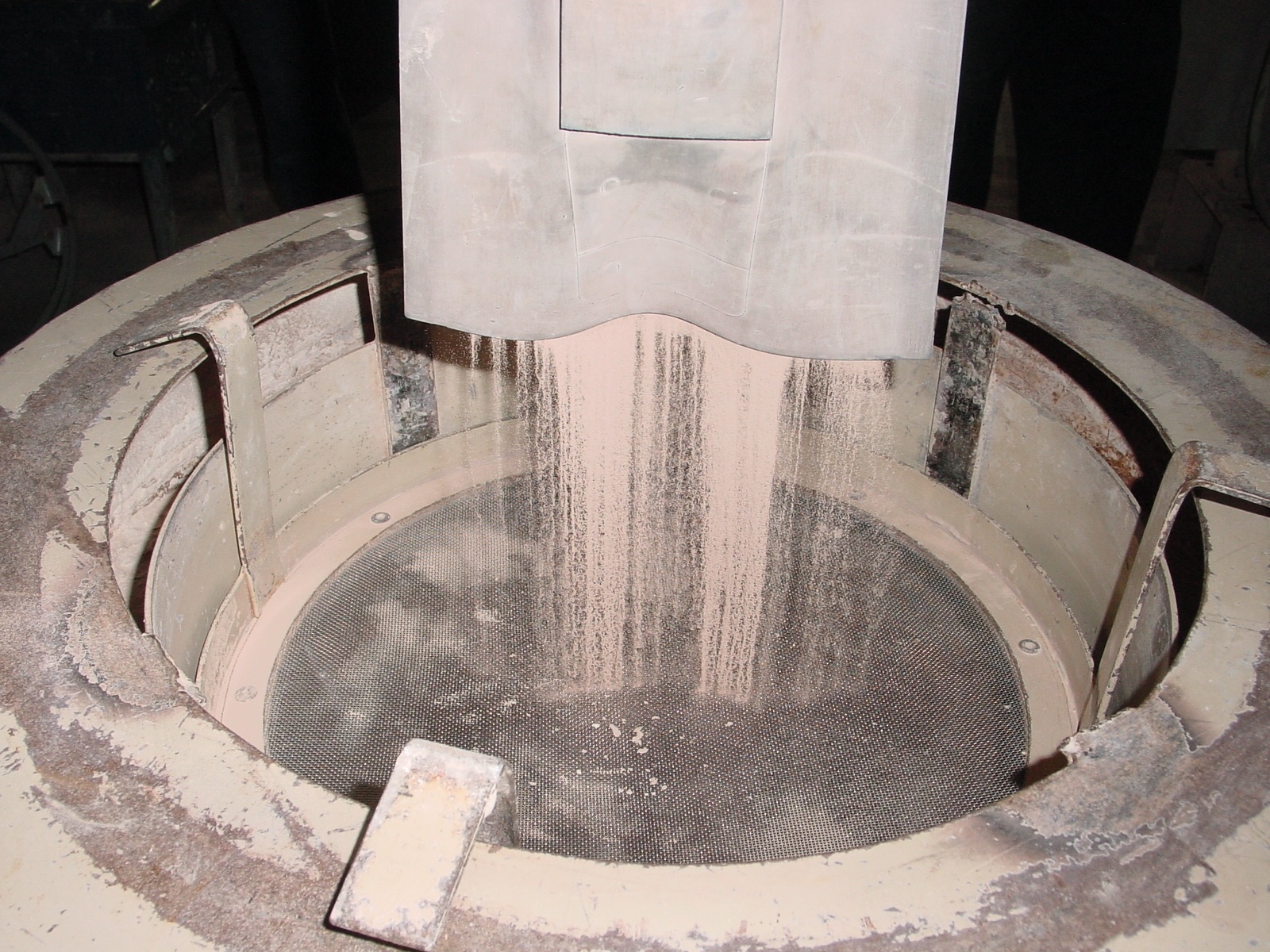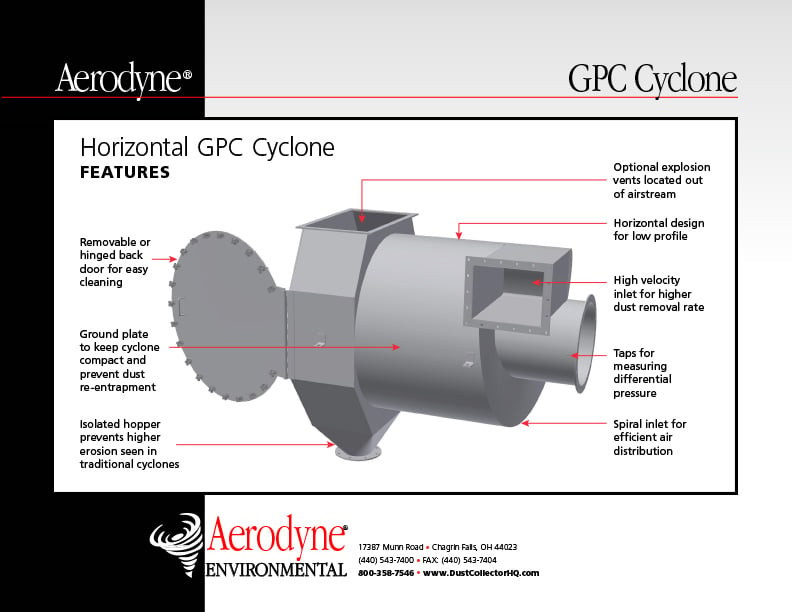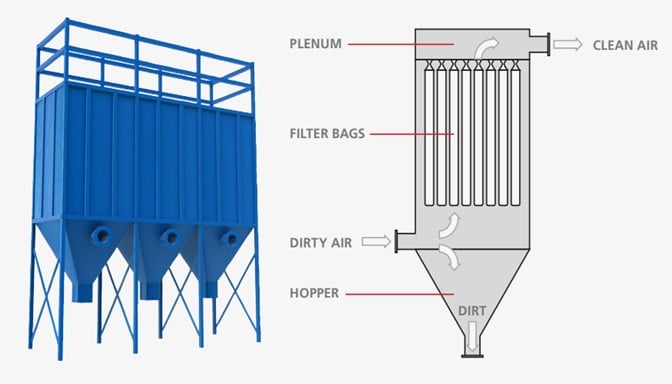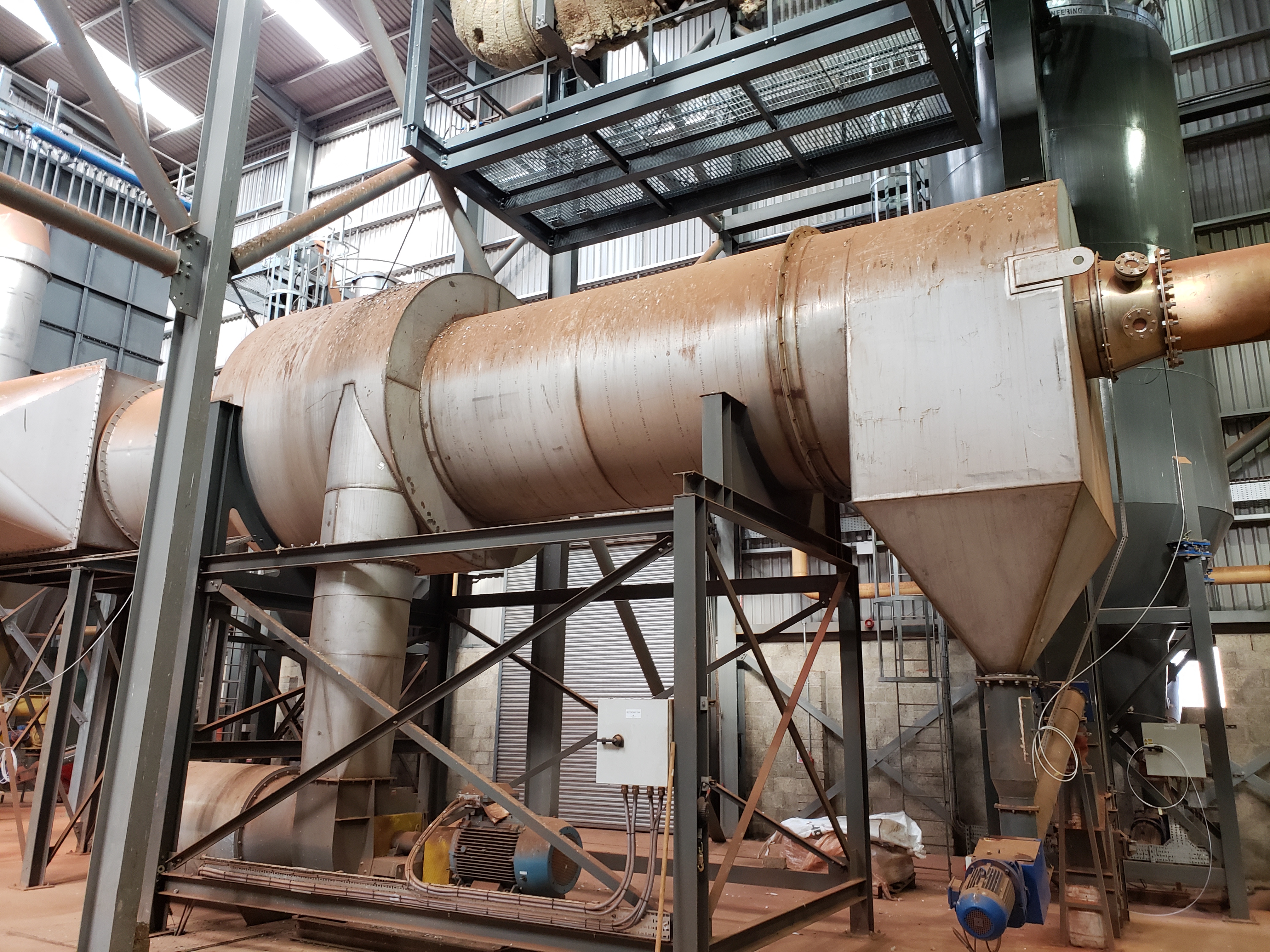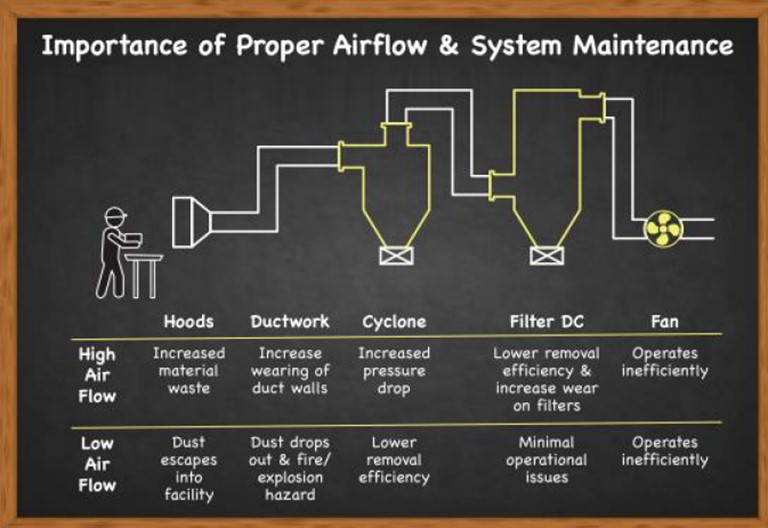The foundry industry, known for its demanding environments and complex processes, requires reliable, efficient equipment to maintain productivity and minimize downtime. Aerodyne Environmental, a leader in industrial air quality solutions, has been serving the foundry sector since the 1970s with innovative products that optimize dust collection and material handling.
Aerodyne’s Legacy in Foundry Innovation
Aerodyne Environmental's journey in the foundry industry began with the Vacu-Valve airlock, a game-changer for dust collection systems. Unlike traditional rotary valves, which are costly and challenging to maintain, the Vacu-Valve offers a simple yet effective solution. The Vacu-Valve's simple design uses the vacuum located in the hopper to seal the hopper from the outside. As material builds up inside the hopper, gravity slowly allows the material to flow through the sleeves, ensuring efficient dust management with minimal maintenance.
The GPC Cyclone: Compact Efficiency for Dust Collection
Dust collection is a critical challenge in foundry operations, especially when dealing with heavy particulate loading. Aerodyne's GPC cyclone stands out with its compact size and unique horizontal design, making it ideal for integration into existing systems. When used as a pre-filter for baghouses or cartridge collectors, the GPC cyclone removes larger particles upfront. This allows the primary filters to focus on finer material, effectively extending filter life, reducing maintenance costs, and improving the overall efficiency of the dust collection system.
Advanced Solutions for Material Handling
Aerodyne offers additional solutions tailored to the specific needs of the foundry industry:
- Vacu-Valve: Cost-effective with minimal operating costs, ideal for non-explosive applications.
- Double Dump Valve: Engineered for low-leakage air locking, this valve ensures effective handling of materials in dust collection systems while maintaining system integrity.
- StopTight Knife Gate: Designed for hopper control, this valve provides a reliable method to regulate material flow, enhancing operational control and efficiency.
The Benefits of Aerodyne Products
Decades of experience and a commitment to innovation establish Aerodyne as a trusted partner for the foundry industry. The products not only address the challenges of dust collection and material handling but also contribute to:
- Cost Savings: Solutions like the Vacu-Valve eliminate the need for expensive rotary valves and reduce ongoing maintenance expenses.
- Enhanced System Performance: By integrating products like the GPC cyclone, foundries can improve the lifespan and efficiency of their dust collection systems.
- Seamless Integration: Compact and thoughtfully designed, Aerodyne’s equipment is easy to incorporate into existing systems, minimizing disruptions during installation.
Conclusion
Aerodyne Environmental continues to set the standard for efficiency and reliability in the foundry industry. With products like the Vacu-Valve, GPC cyclone, Double Dump Valve, and StopTight Knife Gate, foundries can achieve better dust management, material handling, and system performance. These solutions not only help meet operational demands but also provide long-term benefits, ensuring smoother, more cost-effective foundry operations.
To improve efficiency and safety, there is no substitute for an on-site inspection by an experienced expert. Click below to start with a free 20-minute phone consultation by clicking the button.

